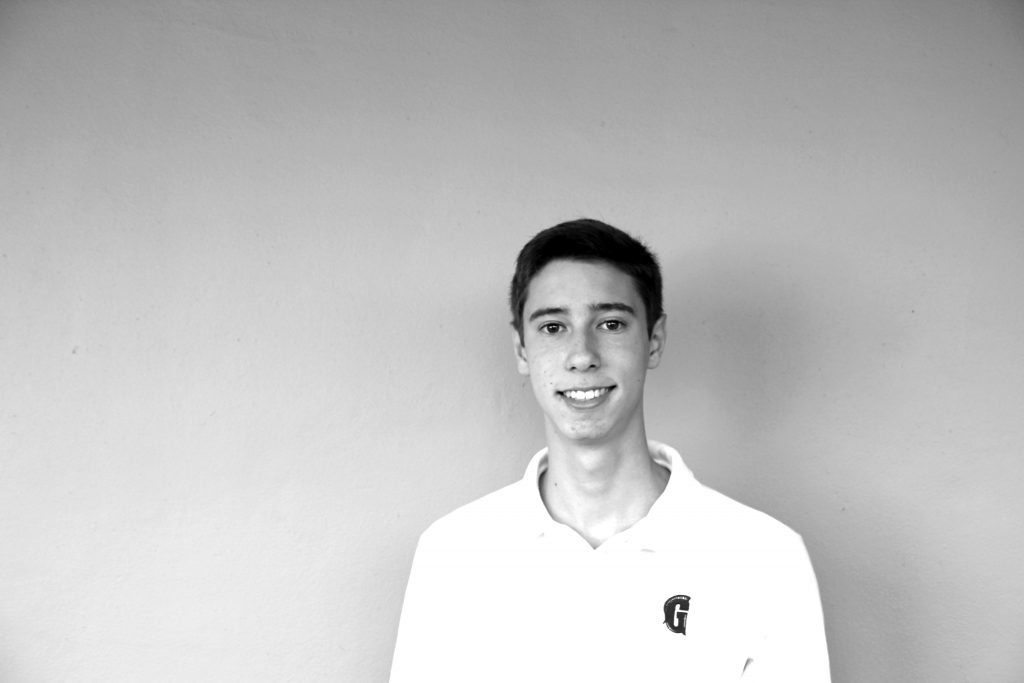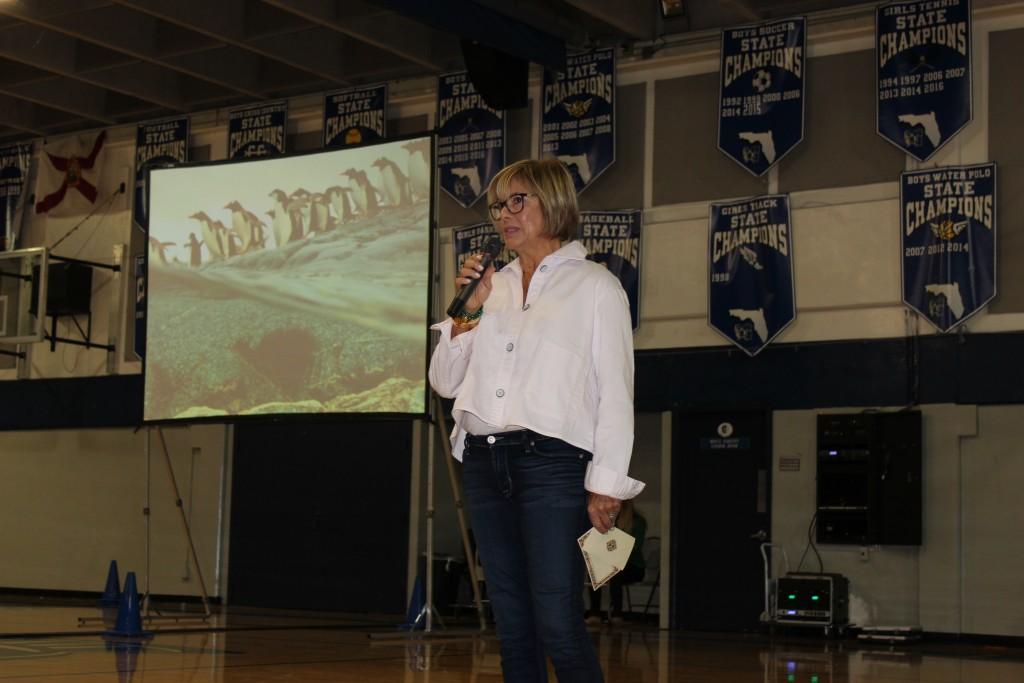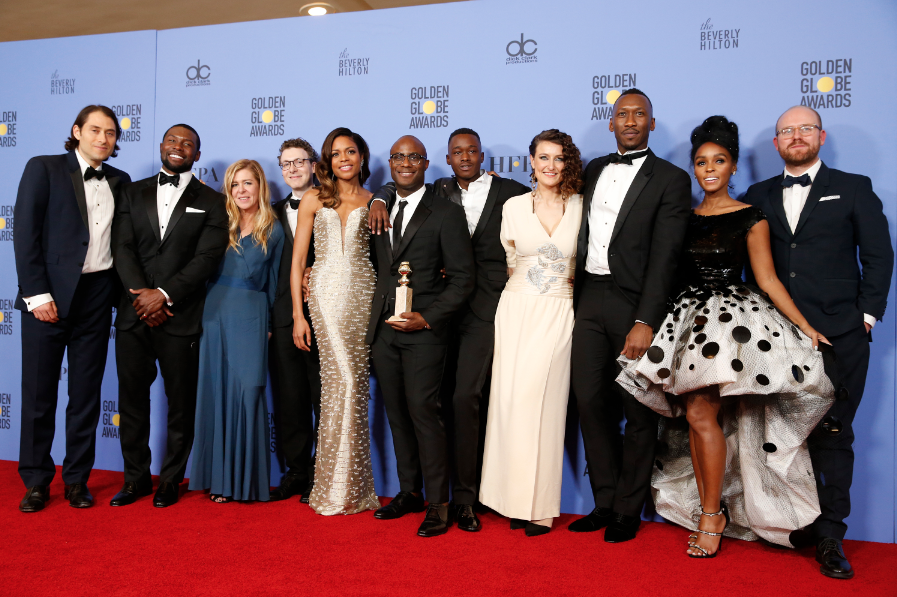The G.E.M (Generating Electricity through Motion) team, made up of a group of eight engineering students, received a patent for their device that generates electricity. They were also invited to present their device at NASA’s Cape Canaveral Space Station.
“We are really excited to have gotten this patent and let alone how fast Nasa approved the patent means that our idea is really successful,” said Engineering teacher Claud Charron.
The G.E.M engineers created a device that generates electricity through the motion of a moving bicycle. The original group of five came from Charron’s EDD class where they decided on a problem at the beginning of the year and from that problem created a possible solution. Their idea was to solve the problem of the lack of electricity in developing countries. Since this was for developing countries, they new it had to be something that would be relatibely simple. A bike was the solution.
An additional three students were added to the G.E.M team, who came to work on the project after school. After many trials and calucations, their data showed that the device would best fit if it attached in the center of the bike under the seat, where a water bottle would be. There, the bike generated the most electricity from pedaling.
“We have put in a lot of work for our device and we are all confident that we will be successful in Cape Canaveral. We feel prepared for our presentation and look for success” said junior Lauren Lugones.
The first four months of the year were dedicated to collecting data, research, and tests. About two months ago the team started the actual construction of the device. Each member of the G.E.M team had different responsibilities on construction. Their roles involved research, team management, design, testing, and building. The device not only generates electricity, but also has USB plugs, radio, and lights.
The success of the product came not only from its efficiency and the hard work put in by the team of engineers, but also in the recognition it recieved. The patent for the team’s device opened new doors for them, as they were then invited to present their product to NASA in Cape Canaveral on the weekend of Apr. 23. The G.E.M team is now closer to winning the competition and putting their device into action in other countries.
“We made it into the semi-finals for Spirit of Innovation which is an international competition held at NASA and I am very proud of the team and myself for getting thus far,” said junior Ryan Pino.
If the G.E.M team was successful in Cape Canaveral they will have the chance to get their device out to the world. NASA requires the semi-finalist to make a presentation solely through speaking, no photos or powerpoint presentation. The presentation is crucial for their future success.




